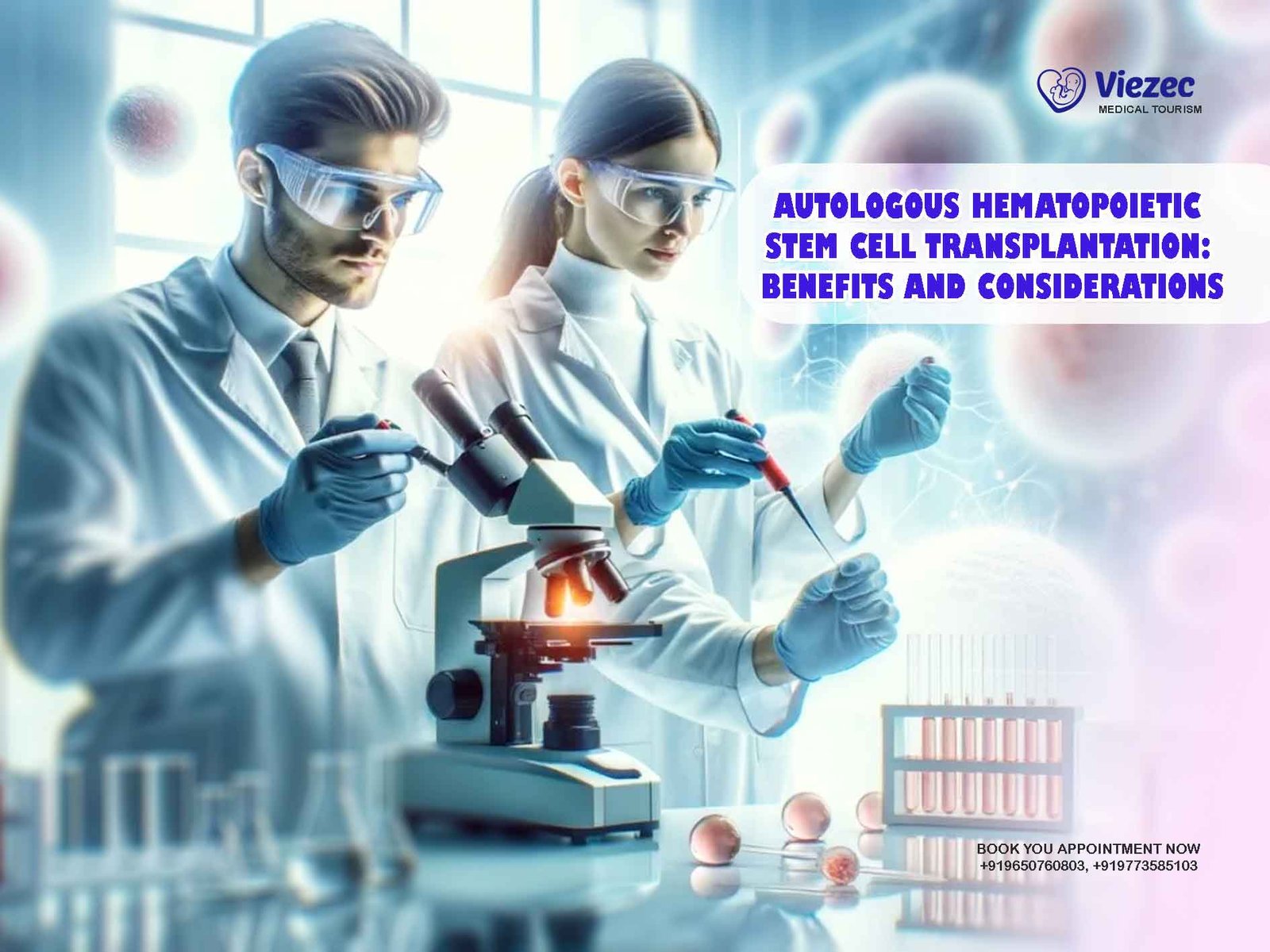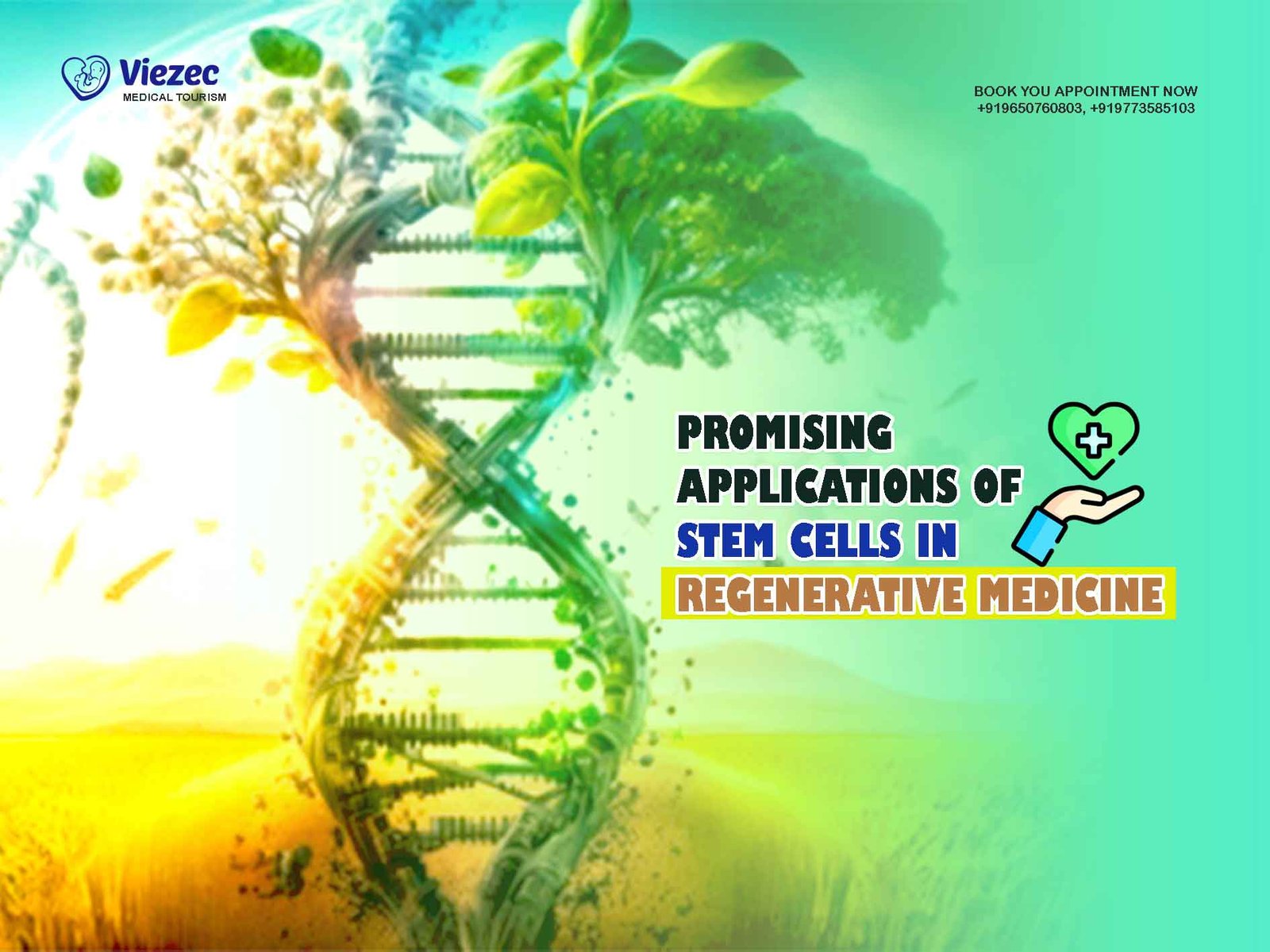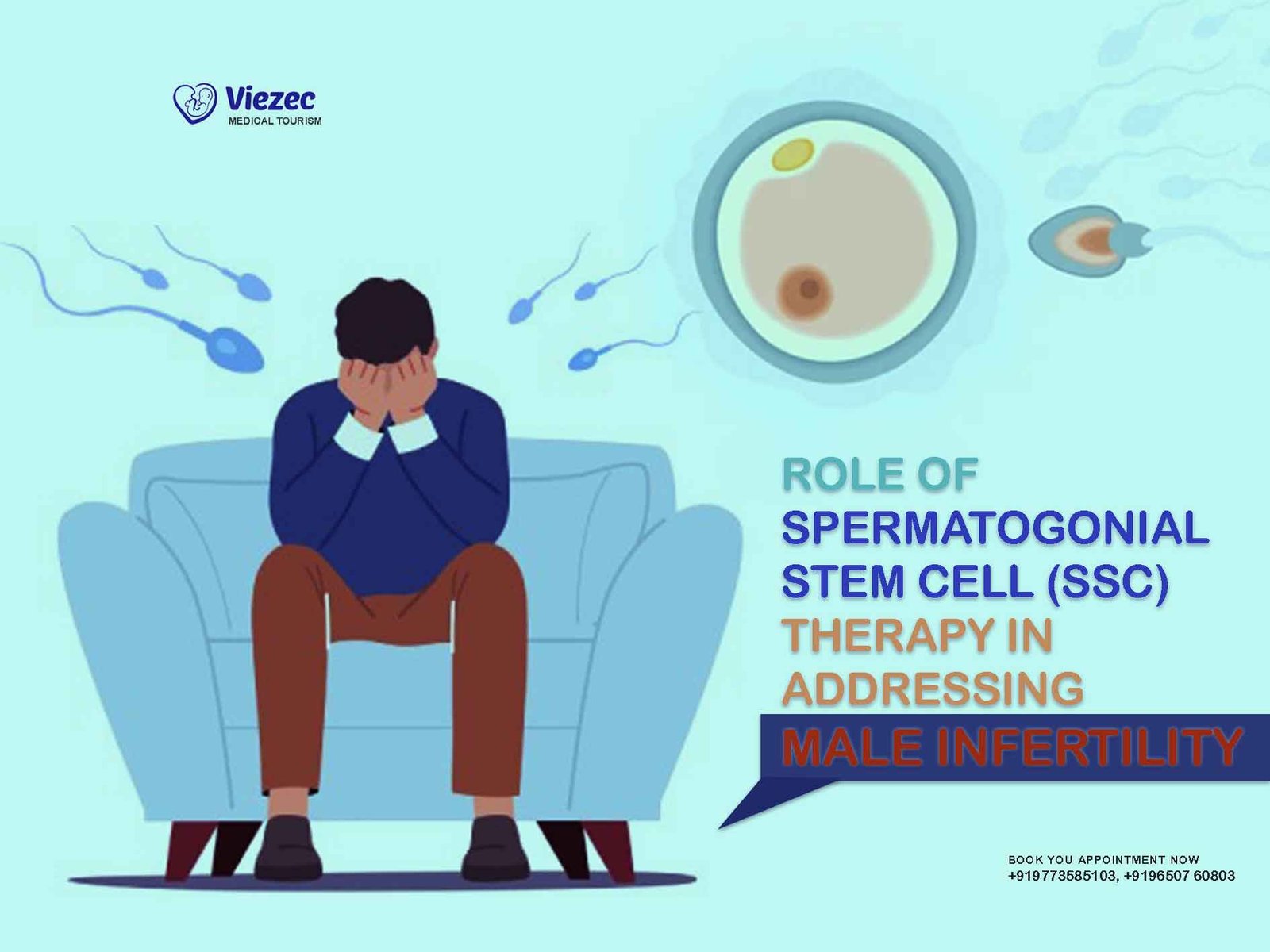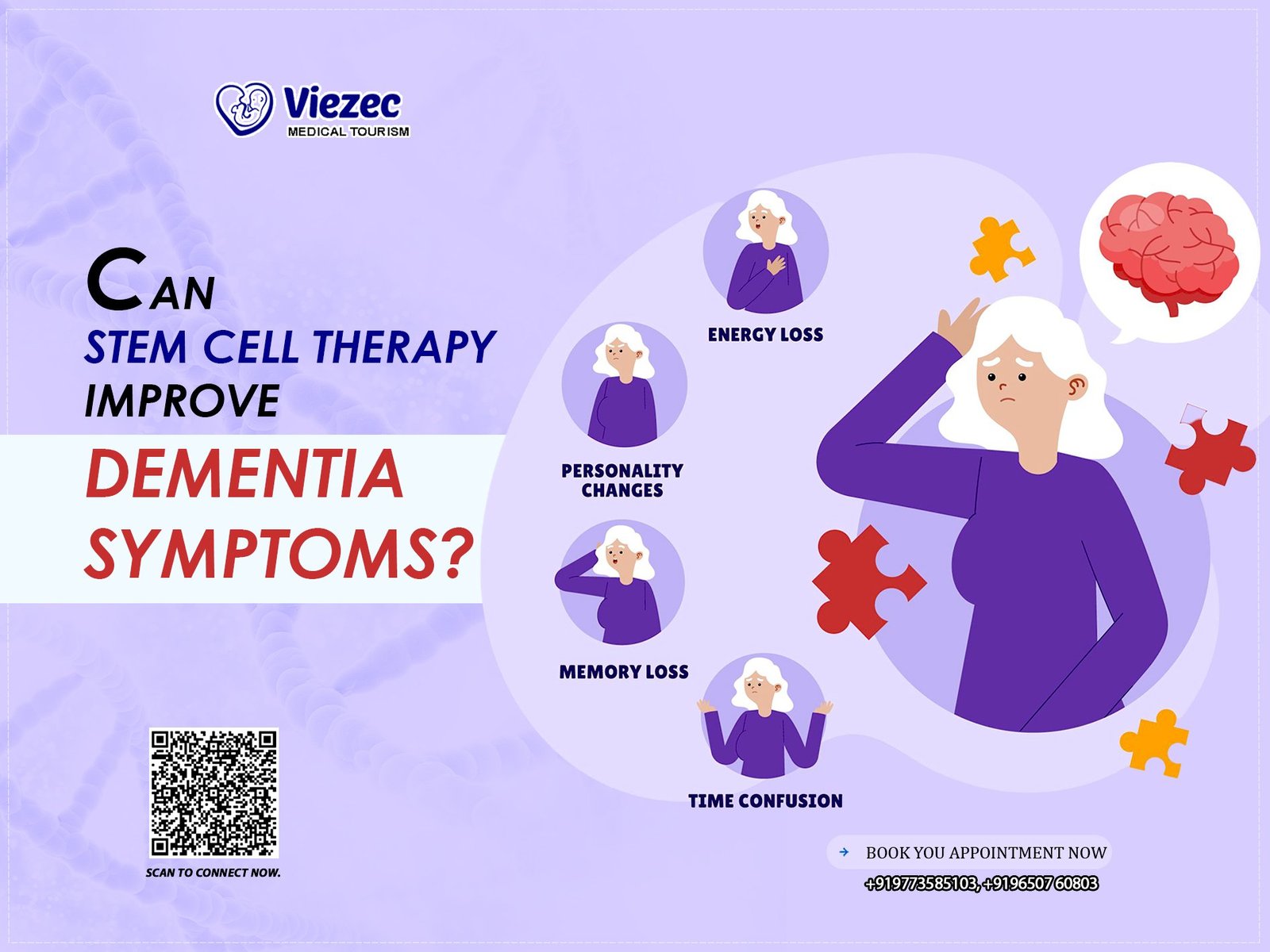Stem cells are like nature’s blank slate, possessing incredible potential to transform into various specialized cell types. They’re the foundation for all the tissues and organs that make up the human body. But not all stem cells are created equal. Some have more “power” than others in terms of what they can become. This power is referred to as potency, and it plays a crucial role in the way stem cells can be used in regenerative medicine. Among the many types of stem cells, two stand out for their vast potential: totipotent and pluripotent cells. Understanding the difference between these two types of stem cells is key not only to advancing research but also to unlocking groundbreaking therapies that could change the future of medicine.
Introduction to Stem Cells
What Are Stem Cells?
Stem cells are unique in their ability to develop into many different types of specialized cells, depending on the body’s needs. They are undifferentiated, meaning they haven’t yet committed to becoming a specific type of cell like a skin cell, muscle cell, or nerve cell. This gives stem cells an almost magical quality, as they have the potential to repair, regenerate, and restore damaged tissues. Their versatility is one of the reasons they’re so exciting for research and treatment in areas like regenerative medicine, where the goal is to help the body heal itself.
The Concept of Potency in Stem Cells
The concept of potency in stem cells refers to their ability to differentiate—or become specialized—into various cell types. Potency is what determines the power of a stem cell. Some stem cells can develop into any cell type in the body, while others are more limited. Potency is measured along a scale, ranging from totipotent to unipotent, with each step reflecting the cell’s ability to give rise to a range of tissues. The higher the potency, the greater the potential for regeneration.
From Totipotent to Unipotent – A Hierarchy of Cell Power
Imagine a stem cell hierarchy, with totipotent cells at the top and unipotent cells at the bottom. Totipotent cells can become any type of cell in the body, even the extra-embryonic tissues like the placenta. On the other hand, unipotent cells have the least power—they can only differentiate into one specific cell type. Understanding where each type of stem cell lies on this hierarchy helps researchers determine the best applications for each in the world of regenerative medicine.
Why Understanding Potency Is Crucial in Regenerative Medicine
In regenerative medicine, the ability of a stem cell to differentiate into the appropriate type of tissue is critical. For example, totipotent cells might be ideal for studying early development, but pluripotent cells, which can turn into a variety of tissues, are more suitable for repairing or replacing damaged tissues. By understanding stem cell potency, researchers can better harness their power for treating diseases like Parkinson’s, spinal cord injuries, and heart disease.
Totipotent Stem Cells Explained
Definition and Core Characteristics
Totipotent stem cells are the true heavyweights of the stem cell world. Their unique feature is that they have the ability to develop into any cell type in the body, including both the embryonic tissues (which form the body) and the extra-embryonic tissues (like the placenta). This extraordinary capacity makes them crucial for the formation of a complete organism. In the earliest stages of human development, a single totipotent cell can divide and form all the necessary parts of a new organism, laying the groundwork for everything from the brain to the skin.
The Power to Form an Entire Organism
The ability to form an entire organism is what sets totipotent stem cells apart from other types of stem cells. This power makes them essential in early embryonic development. Shortly after fertilization, when the first few cells are dividing, they are totipotent. This means they can still create both the embryo and the necessary structures like the placenta, which supports the growth of the fetus. The possibilities for totipotent cells in therapeutic applications—such as cloning and organ regeneration—are still being explored, though ethical and technical challenges remain.
Natural Occurrence in Early Human Embryos
Totipotent stem cells appear in the earliest stages of human embryonic development. Right after fertilization, when the zygote starts to divide, the resulting cells are totipotent. These early cells are responsible for giving rise to all tissues and organs, making them the “first step” in the incredible journey of human development. As the embryo grows, these totipotent cells begin to specialize, and by the time they form the blastocyst (about 4-5 days after fertilization), they are no longer totipotent but pluripotent.
Totipotency in Scientific Research
In research, totipotent stem cells provide insight into some of the most fundamental processes of life. Their ability to create a whole organism from a single cell is a powerful tool for studying early human development. Scientists also explore totipotent cells for their potential in cloning and genetic research, as well as understanding congenital diseases and developmental disorders. Despite the promise they hold, totipotent cells are primarily used in controlled lab settings due to their ethical implications and the complex nature of working with them.
What Are Pluripotent Stem Cells?
Characteristics That Define Pluripotency
Pluripotent stem cells are like the versatile all-rounders in the stem cell family. These cells can differentiate into nearly all cell types that make up the human body, derived from the three primary germ layers: ectoderm, mesoderm, and endoderm. However, what sets them apart from totipotent stem cells is their inability to form the extra-embryonic tissues, such as the placenta. This limitation means that, while pluripotent cells can regenerate many parts of the body, they can’t create a complete organism on their own.
Ability to Form All Body Tissues – But Not the Placenta
Pluripotent stem cells can give rise to any tissue type within the body, whether it’s muscle, skin, nerve cells, or even more complex organs like the heart or lungs. However, they are not capable of forming the placenta, which is needed for fetal development. This distinction between pluripotent and totipotent cells is critical in understanding their applications. While both have wide-ranging potential, only totipotent cells have the full power to create an entire organism, including the placenta.
Two Main Types of Pluripotent Cells
There are two primary types of pluripotent stem cells used in research and therapy today:
Embryonic Stem Cells (ESCs)
Embryonic stem cells (ESCs) are derived from early-stage embryos. These cells are highly versatile, making them a popular choice in both basic research and clinical applications. ESCs are able to differentiate into a wide variety of cell types, which makes them incredibly valuable for research into treating a range of conditions, including neurodegenerative diseases, spinal cord injuries, and heart disease. However, the use of ESCs raises ethical concerns, as obtaining these cells involves destroying embryos.
Induced Pluripotent Stem Cells (iPSCs)
Induced pluripotent stem cells (iPSCs) are a revolutionary alternative to ESCs. These cells are created by reprogramming adult somatic cells—such as skin cells—back into a pluripotent state. This technique allows researchers to create pluripotent stem cells without using embryos, which significantly reduces ethical concerns. iPSCs are capable of differentiating into various cell types and hold tremendous potential for patient-specific treatments, offering a more ethical and personalized approach to stem cell therapy.
Lab Use and Clinical Potential
The clinical potential of pluripotent stem cells is vast. ESCs and iPSCs are both crucial in disease modeling, where scientists create disease-specific cell lines for drug testing. These cells also hold promise in regenerative medicine, allowing doctors to create tissues or organs to replace damaged ones. From treating heart disease to repairing nerve damage, the therapeutic potential of pluripotent stem cells continues to expand, offering hope for diseases that are currently difficult to treat.
Totipotent vs Pluripotent – Key Differences
Cell Potential and Developmental Range
The fundamental difference between totipotent and pluripotent stem cells lies in their developmental range. Totipotent cells have the most extensive potential—they can give rise to every type of cell in the body, including the extra-embryonic tissues like the placenta. In essence, a totipotent stem cell has the power to create an entire organism. On the other hand, pluripotent stem cells are restricted to forming cells from the three germ layers (ectoderm, mesoderm, and endoderm), meaning they can create most tissues in the body, but not the placenta. While both types are incredibly powerful, totipotent cells are more “all-encompassing” in their potential, while pluripotent cells have slightly more specialized capabilities.
Source and Accessibility
The source of these two types of stem cells also differs significantly. Totipotent cells are found only in the very early stages of embryonic development, right after fertilization. They quickly lose their totipotency as they begin to specialize. Pluripotent stem cells, on the other hand, can be derived from embryos at a slightly later stage (embryonic stem cells), or from adult cells reprogrammed into pluripotency (induced pluripotent stem cells, or iPSCs). iPSCs, in particular, offer a significant advantage in terms of accessibility because they can be derived from a patient’s own cells, eliminating the ethical concerns associated with embryonic stem cells.
Relevance to Therapy and Medicine
In terms of therapy and medicine, pluripotent stem cells are more widely used and have more immediate therapeutic potential. While totipotent stem cells hold promise for understanding early human development and exploring cloning techniques, they are more challenging to work with, both ethically and practically. Pluripotent stem cells, especially iPSCs, are at the forefront of regenerative medicine. They offer the ability to repair or replace damaged tissues, treat degenerative diseases, and potentially regenerate organs.
Totipotent: Promise vs Practicality
Totipotent cells offer a glimpse into the early stages of human development, and their promise is immense, especially in cloning and developmental studies. However, their practical application in medicine is limited. Ethical concerns about using embryos and the challenges of controlling their development make totipotent stem cells less practical for routine medical use.
Pluripotent: Leading the Way in Treatments
On the other hand, pluripotent stem cells, particularly iPSCs, are currently leading the way in stem cell-based treatments. Their ability to regenerate tissues, model diseases, and create personalized medicine options for patients makes them a valuable tool in therapeutic applications. iPSCs have made it possible to create patient-specific cell lines for research, opening the door to personalized therapies that are more precise and less likely to be rejected by the body.
Applications in Medicine and Research
Pluripotent Cells in Regenerative Therapies
Pluripotent stem cells are at the cutting edge of regenerative medicine, with the potential to treat a variety of conditions by generating new, healthy tissues to replace damaged or diseased ones. These cells can be used to regenerate tissues in organs like the heart, nerves, and eyes—areas that traditionally have very limited regenerative capabilities. With pluripotent cells, it’s possible to grow healthy tissue that can replace damaged sections, offering hope for patients with conditions that were previously considered untreatable.
Heart, Nerve, and Retinal Repair
-
Heart Repair: Pluripotent stem cells offer the exciting potential to regenerate heart tissue damaged by conditions like heart attacks or heart failure. Researchers are exploring ways to grow new heart muscle from pluripotent stem cells to repair damaged areas and restore heart function.
-
Nerve Repair: The ability of pluripotent cells to differentiate into neurons is crucial for conditions such as spinal cord injuries and neurodegenerative diseases like Parkinson’s disease. Regenerating nerve tissue could dramatically change the lives of those affected by these conditions, offering the possibility of reversing or at least slowing neurological damage.
-
Retinal Repair: Retinal degeneration caused by diseases like macular degeneration can lead to blindness. However, pluripotent stem cells hold promise for regenerating damaged retinal tissue and potentially restoring vision. Ongoing research in this area is exploring how to safely and effectively transplant retinal cells derived from pluripotent stem cells into the eye.
Disease Modeling and Drug Testing
One of the most powerful uses of pluripotent stem cells is in disease modeling. By creating disease-specific cell lines from pluripotent stem cells, researchers can study how diseases develop at a cellular level. This is especially important for conditions like Parkinson’s disease, Alzheimer’s, and cancer, where traditional animal models might not always provide accurate insights.
These cells are also a valuable tool for drug testing. By using patient-specific pluripotent cells, scientists can test the effects of potential drugs on cells that closely resemble those of the patient, leading to more personalized and precise treatments. This approach enhances the drug development process, making it faster, safer, and more effective.
Challenges of Totipotent Stem Cell Use
While totipotent stem cells offer tremendous potential in understanding early development and human cloning, their practical use in medical treatments is more limited. Ethical concerns surrounding the destruction of embryos and the technical difficulties in controlling totipotent cells make them less suited for therapeutic applications. Moreover, they are difficult to cultivate and manipulate for use in human therapies.
Ethical, Legal, and Safety Considerations
Controversies Around Embryonic Research
The use of embryonic stem cells (ESCs) has sparked intense ethical debates due to the process of obtaining them. These stem cells are typically harvested from embryos in the early stages of development, which involves destroying the embryo. For some, this raises fundamental questions about the moral status of embryos and whether they should be treated as fully developed human beings. While ESCs offer vast potential for regenerative medicine, this ethical dilemma has led many countries to impose strict regulations or even bans on their use.
The ethical concerns are particularly pronounced in regions with strong religious or cultural views on human life. As a result, researchers must carefully navigate these ethical challenges, balancing the potential life-saving benefits of stem cell research with the moral considerations involved.
Global Regulations on Stem Cell Use
Given the ethical concerns surrounding stem cell research, global regulations on their use vary widely. Some countries, such as the United States, allow research on embryonic stem cells under strict guidelines, while others, like Germany and Italy, have more restrictive laws. In contrast, countries like India and China often have more lenient regulations, attracting both researchers and patients seeking stem cell treatments.
The international nature of stem cell research complicates the legal landscape, as scientists may encounter different standards and restrictions depending on where they are conducting their research. These disparities create challenges for researchers and may affect the pace and direction of global stem cell advancements.
iPSCs – A More Ethical Alternative?
Induced pluripotent stem cells (iPSCs) have been heralded as a more ethical alternative to embryonic stem cells. Unlike ESCs, iPSCs are created by reprogramming adult cells (like skin or blood cells) into a pluripotent state, without the need to destroy embryos. This breakthrough has made it possible to conduct stem cell research without the ethical concerns associated with embryonic cells.
iPSCs not only offer a more ethically acceptable approach but also provide the ability to create patient-specific cells, which opens up exciting possibilities for personalized medicine. These cells are increasingly being used in research to study genetic diseases, develop treatments, and test new drugs, all while sidestepping the ethical issues tied to embryo use.
Totipotent vs Pluripotent – Which Is Better?
Comparative Overview for Scientists and Clinicians
When comparing totipotent and pluripotent stem cells, it’s clear that each has distinct advantages depending on the research or therapeutic context. Totipotent stem cells offer the most extensive potential, as they can differentiate into any cell type, including both embryonic and extra-embryonic tissues. However, this versatility comes with significant ethical and technical challenges. Due to the limitations in cultivating and manipulating totipotent cells, their use in human therapies remains limited.
Pluripotent stem cells, on the other hand, have a more targeted and practical application in both research and medicine. With their ability to differentiate into any cell type within the three germ layers (ectoderm, mesoderm, and endoderm), they offer great promise for regenerative medicine, disease modeling, and drug testing. Induced pluripotent stem cells (iPSCs), in particular, are a game changer, as they provide a more ethical alternative to embryonic stem cells.
For scientists and clinicians, choosing between totipotent and pluripotent stem cells depends on the specific needs of their research or treatment protocols. Pluripotent stem cells, particularly iPSCs, are currently leading the way in therapeutic applications, thanks to their ethical advantages, versatility, and regenerative potential.
Practical Considerations for Research and Therapy
In practice, pluripotent stem cells are more commonly used for medical treatments and research due to their ethical advantages and ability to treat a wide variety of diseases. iPSCs are especially valuable because they can be derived from adult cells, meaning they offer a personalized approach without the ethical complications of embryonic cells. Additionally, pluripotent cells can be used to regenerate tissues, develop disease models, and test new drugs, offering a wide range of applications.
Totipotent stem cells, while powerful in developmental biology and cloning research, are still less practical for everyday medical use. Their promise is undeniable, but they face hurdles in terms of ethical considerations and technical manipulation, making their broader application in medicine more distant at this time.









